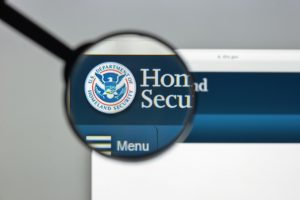
While the supply chain issues of the pandemic (remember the lengths we went to, to get toilet paper?) may seem like ancient history, the fragility of global supply chains remains a reality that our government needs to address for long-term economic stability. The Biden Administration has issued a number of orders and goals around shoring up supply chain practices for physical goods as well as software. In June, a new executive order formalized the role of a White House counsel on supply chain resilience.
Defining Resilience
A resilient supply chain is defined as one that can "easily adapt, rebound, or recover when faced with economic shocks." Creating a resilient environment requires boosting domestic manufacturing, supporting research and development, fostering innovation, strengthening critical infrastructure, and recruiting high-quality talent. The White House Council on Supply Chain was first convened in November 2023 to discuss these very measures, and this latest order has specific action items to deliver before the end of 2024. Continue reading



 The Department of Transportation (DoT) has taken a leading role in the
The Department of Transportation (DoT) has taken a leading role in the  The Department of Homeland Security (DHS) may be the newest cabinet-level department, but it is still facing the same modernization challenges felt across government. The agencies pulled under the DHS umbrella in 2002 came with legacy systems. While a good deal of integration and modernization happened while DHS was being formed, systems have to keep evolving to keep up with the ever-changing threat landscape and the technologies used to threaten the homeland.
The Department of Homeland Security (DHS) may be the newest cabinet-level department, but it is still facing the same modernization challenges felt across government. The agencies pulled under the DHS umbrella in 2002 came with legacy systems. While a good deal of integration and modernization happened while DHS was being formed, systems have to keep evolving to keep up with the ever-changing threat landscape and the technologies used to threaten the homeland.
